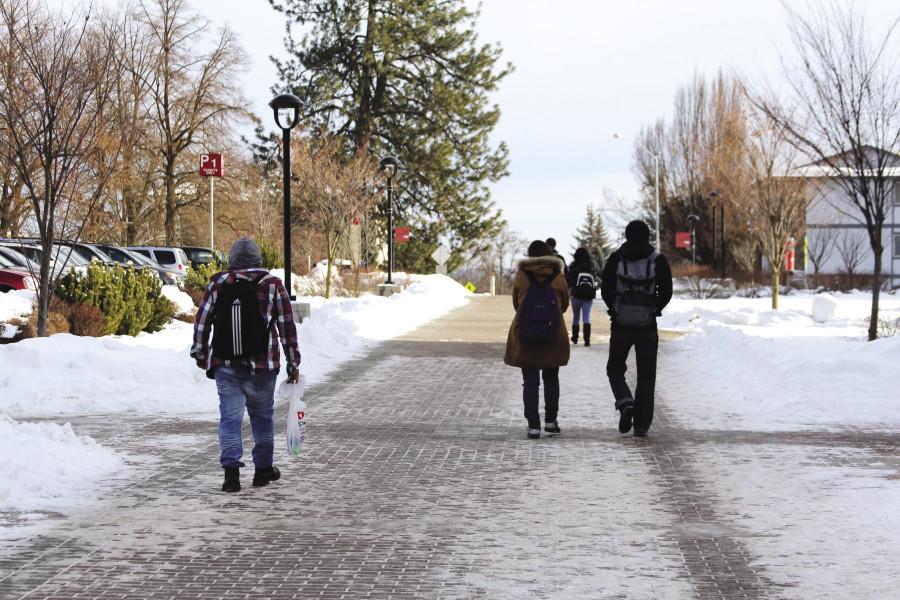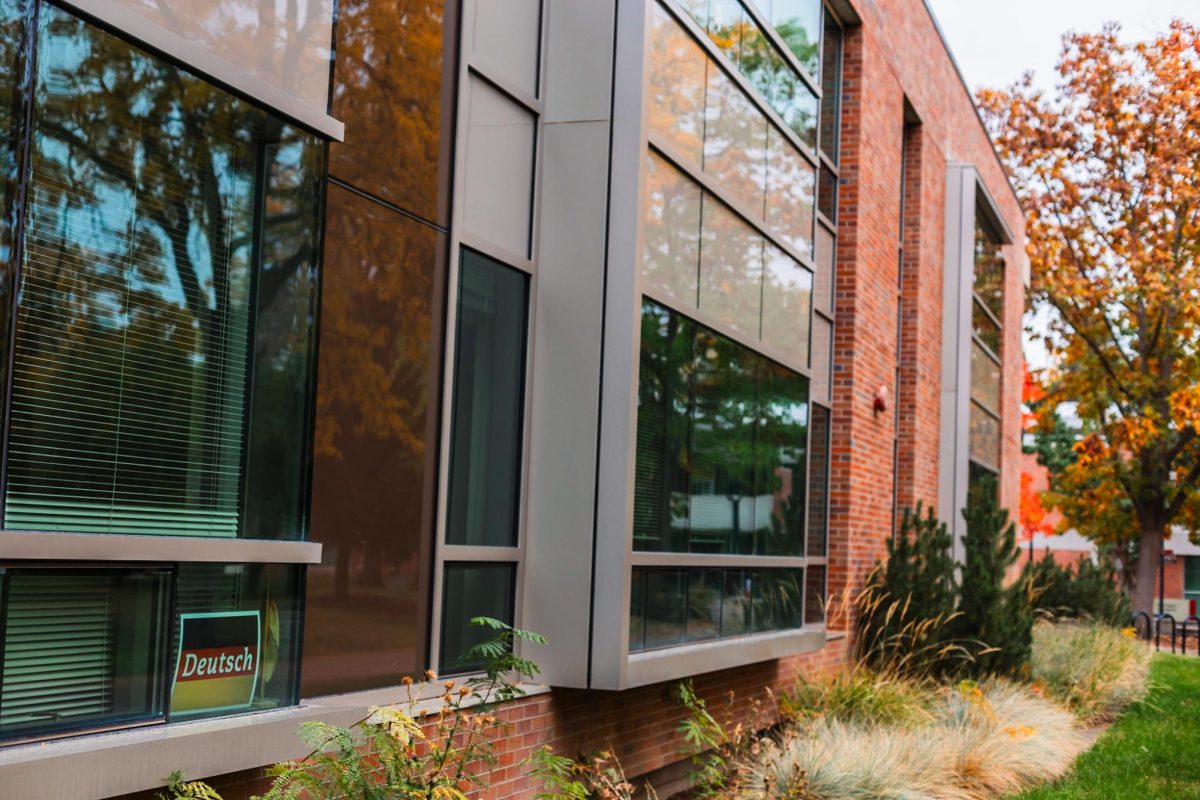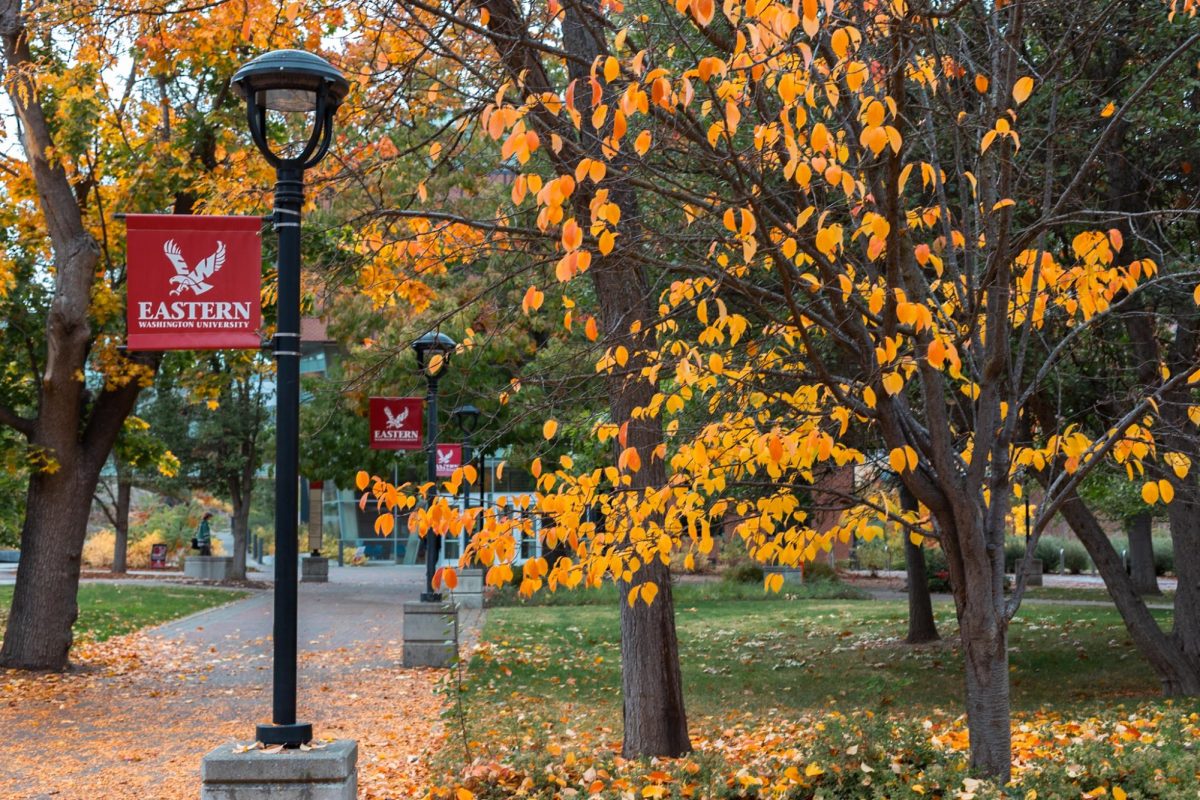
Photo by Jade Raymond
The long, dark days of winter are inevitable, but the sinking feeling of depression that can come along with them does not have to be, and symptoms can be combated.
“Winter blues” is a less severe form of Seasonal Affective Disorder. In order to be diagnosed with the disorder, one must experience three consecutive winters of symptoms. Both are associated with seasonal variances in sunlight.
“Sunlight is the number one factor for seasonal changes for all living things, including us,” Lisa Olson of Counseling and Psychological Services said.
Sunlight plays a major role in regulating the body’s melatonin and serotonin levels as well as vitamin D levels. Melatonin, which affects sleep pattern and mood, is suppressed by sunlight. According to the CAPS website, with shorter winter days melatonin is secreted in higher levels, disturbing the body’s natural rhythms. Serotonin, which is known to improve mood, is decreased as a result of less sunlight. This may trigger symptoms of depression.
“Little, simple tasks that you usually do all the time seem like a huge ordeal,” Olson said.
Symptoms also include hopelessness, anxiety, irritability, loss of energy, weight gain, social withdrawal, oversleeping and a lack of enthusiasm.
“There are a lot of times in winter where I am depressed and don’t want to get out of bed,” said Sada Showell, a secondary English education major. “I want to know if it was basic laziness or something different.”
Showell is just one of many across the state who experience symptoms of these two disorders. Over 10 percent of Washington state’s population report experiencing symptoms of SAD, and 20 percent believe they experience the winter blues.
“It’s not uncommon. It’s something that happens to a lot of people, especially where we live, being so far north in the country,” Olson said. “We have significant loss of sunlight, whether there’s snow or not. But we do have some control over it.”
Artificial light can help alleviate the woes of winter blues and SAD. “Increase the brightness of your indoor environment, especially in the mornings,” Olson said. She recommended turning on more lights, or even replacing some light bulbs with full spectrum bulbs, which mimic full spectrum light.
The counseling center at EWU even has a special SAD lamp that students can use for free. Just doing a quiet activity like reading for up to 30 minutes near one of these lamps can significantly improve mood.
If access to a SAD lamp is unavailable, spending time outdoors can also help.
“You still get a positive effect from being around any kind of daylight, even if it’s cloudy or overcast,” Olson said.
Olson also suggested monitoring one’s diet to help ward off symptoms like sluggishness. Balanced diets that focus more on protein and less on carbohydrates are beneficial.
“A diet really high in carbohydrates temporarily raises serotonin, which feels really good but doesn’t last very long. We also get a spike in blood sugar,” she said.
This blood sugar spike then leads to a crash, which makes our bodies crave more carbohydrates, and the cycle begins again.
“I’ve done that,” Showell admitted. “There are times where I will crave chips, but I’ve found that if I go toward something that is more protein laden, I am a little better.”Other ways to combat the winter blues are exercising, spending time with others, managing stress factors, meditating and practicing yoga.
When all else fails, Olson encourages seeking help.
“If symptoms get severe, see a professional,” she said. “That could be a doctor or a counselor in CAPS. They’ll help you get sorted out.”















